Discover which strength training approach supports heart health, joint stability, and long-term vitality—backed by science and designed for safety.
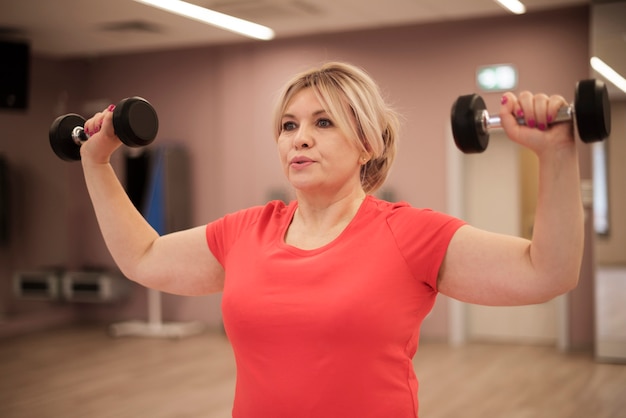
As we age, muscle mass naturally declines—a process called sarcopenia—starting as early as our 30s. For adults managing high blood pressure, maintaining strength isn't just about staying active; it's a critical component of cardiovascular health. Regular resistance training has been shown to reduce systolic and diastolic blood pressure by an average of 3–4 mmHg, according to the American Heart Association.
But when it comes to choosing between free weights and machines, which option offers the safest, most effective path for long-term health?
Free weights—dumbbells, barbells, kettlebells—require greater coordination, balance, and joint stability. They engage multiple muscle groups simultaneously, promoting functional strength that translates to everyday movements like lifting groceries or climbing stairs.
Research suggests free weights stimulate more muscle activation and improve neuromuscular control, which can help prevent falls. However, they also carry a higher risk of improper form, especially under fatigue, which can spike blood pressure temporarily during lifts.
For those with hypertension, this means free weights should be used with caution—focusing on controlled movements, moderate loads, and proper breathing (exhaling during exertion to avoid the Valsalva maneuver).
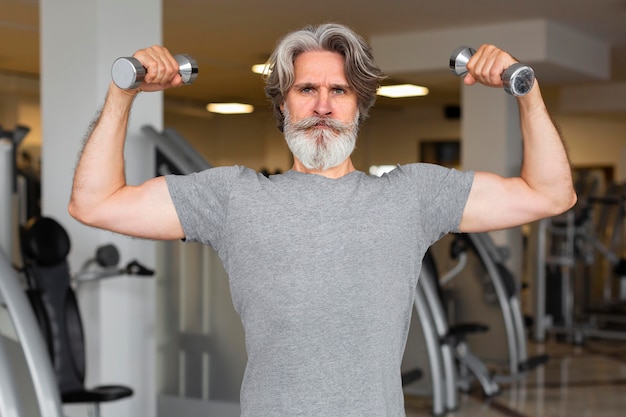
Weight machines guide your movement along a fixed path, reducing the need for balance and coordination. This makes them ideal for beginners, those recovering from injury, or individuals with joint concerns or uncontrolled hypertension.
Because machines isolate specific muscle groups, they allow for targeted strengthening with less strain on the cardiovascular system. They also make it easier to control intensity and track progress—key for long-term adherence.
Studies show that machine-based training is just as effective as free weights for building strength in older adults, especially when combined with proper technique and progressive overload.
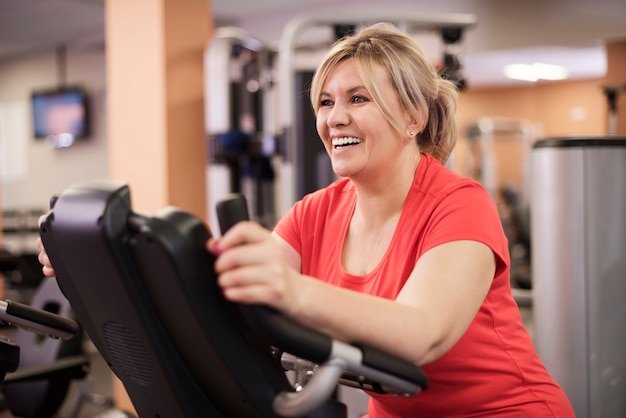
The best approach for aging gracefully with hypertension isn’t choosing one over the other—it’s using both strategically. Machines can provide a safe foundation, while free weights (when used correctly) enhance functional fitness.
Experts recommend starting with machines to build confidence and control, then gradually incorporating free weights for compound movements like seated shoulder presses or supported rows.
Here are two evidence-based, low-impact routines you can do 2–3 times per week. Always warm up for 5–10 minutes with walking or light cycling.
Strength training is just one piece. Combine it with these simple, evidence-backed habits:
Both free weights and machines can support healthy aging with hypertension—when used appropriately. Prioritize safety, consistency, and proper form over intensity. Consult your healthcare provider before starting any new program.

Health

Health

Health

Health

Fitness
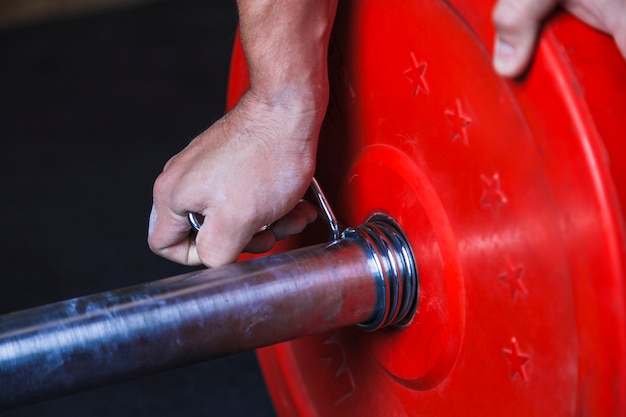
Fitness

Health

Fitness
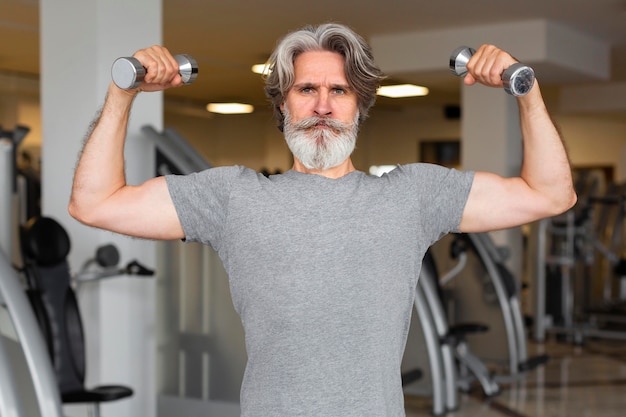
Fitness

Fitness

Wellness

Health

Health

Fitness

Health

Health